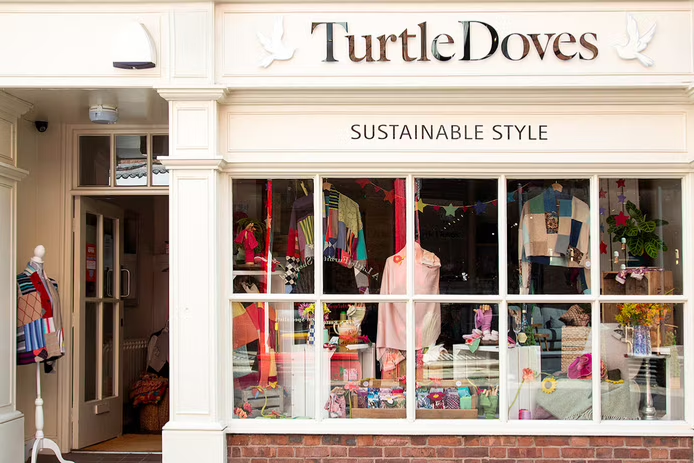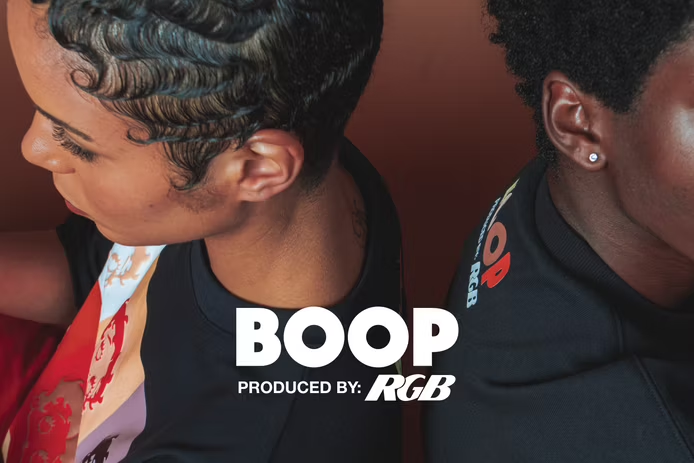Weissensee Art Academy: "We want to provide a breeding ground on which students’ ideas can grow"
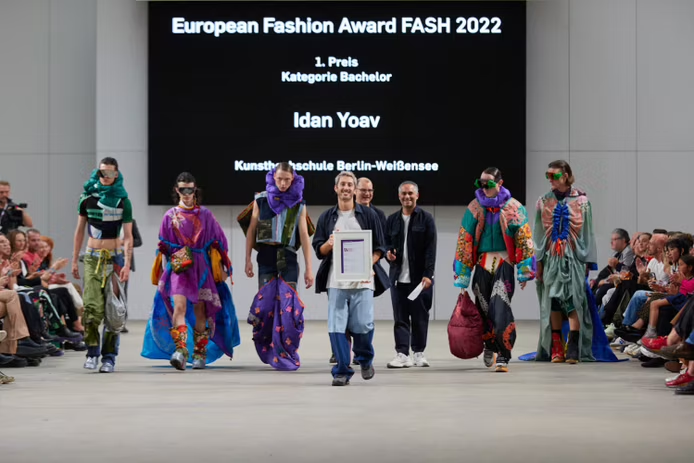
William Fan, Natascha von Hirschhausen and Isabel Vollrath are three German fashion designers who have one thing in common: They are all graduates of the Weissensee Art Academy in Berlin.
The college is located in the east of Berlin and was founded in 1946, just one year after the end of the Second World War. Today the building complex is a listed building: it is a small, very individual and artistically designed campus with lots of green space and hidden corners designed by the students themselves.
In addition to sculpture, stage and costume design or visual communication, the curriculum of the state art college also offers a bachelor's and master's degree programme in fashion design. The Bachelor's programme takes four years. The special feature of the course is the interdisciplinary foundation year: "In the first year, students from all subject areas are taught the artistic and design basics together in an interdisciplinary way and also get to know our many workshops for the first time," Heike Selmer, Professor of Fashion Design, explains in an interview with FashionUnited. The large campus includes a total of 13 workshops. Here the students learn handicraft skills such as knitting, sewing and weaving, work in the computer studio and bookbindery and visit the wood and metal workshop.
Artistic freedom
The Fashion Design Department is located on the third floor of the main building. From the second year onwards, the main course of study takes place there. In semesters three to eight, students work on projects, plus follow intensive cutting lessons, subjects ranging from fashion illustration and CAD to materials science, as well as theory seminars in costume history and fashion sociology.
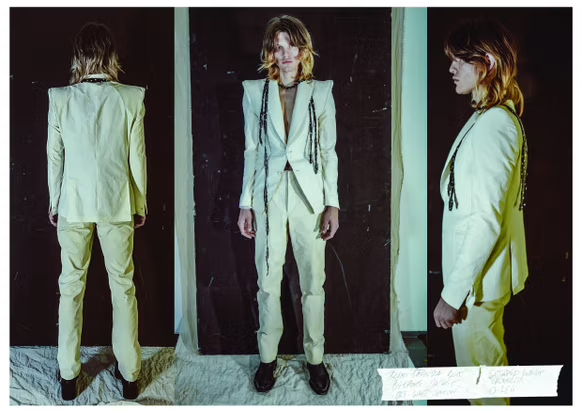
The projects extend over a semester and have an overarching theme. In recent years, for example, the themes were "Luxury" or "Sustainability and Craft", Selmer says. Keeping in mind the overarching theme, the students are encouraged to be very autonomous in the design of their projects: "The project themes that we specify are free and serve as inspiration. The students decide for themselves how to use this input," Selmer explains, "At Weissensee you have the opportunity to work very artistically and freely - there are few limitations and we try to make a lot possible."
Students are also free to choose the topics of their theses. As a rule, graduates' design collections consist of about 6 outfits for the bachelor's degree and final year students also write a theory paper. Selmer emphasises that "the students set individual priorities. So the final projects include everything from a bag collection to embroidery work to a freely draped collection.
"Our job is to recognise the students' potential, to encourage it and to equip them with as many tools as possible to help them succeed professionally in the end," the professor says. Once a year, all students get the opportunity to showcase the results of their creative work. The school holds a big fashion show in which all classes participate. At this show, Weissensee graduates do not just present their final collections, but it also gives them the opportunity to showcase their other work.
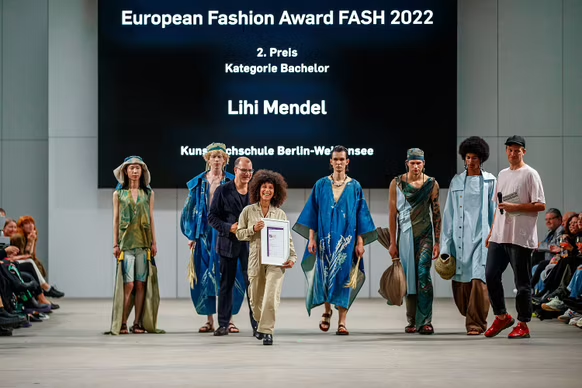
Last year, two students from Weissensee Art Academy won prizes at the European Fashion Award Fash in the Bachelor category. Idan Yoav took first place with his graduation collection "Nomads for love". His fellow student Lihi Mende ended up in second place with her collection "The Space".
Interest as a driving force
As with many fashion design courses, a portfolio is key when applying to the Weissensee Art Academy. The application process starts with an online application. Then, selected applicants are asked to submit a portfolio. About 50 students go on to the next application round during which they have to take an aptitude test.
"What we want to see are, of course, ideas and creativity, an interest and good energy. An interest in doing artistic work, an interest in fashion," Selmer says, looking through the submitted portfolios. Those who are among the lucky chosen ones get to come to the art academy for the aptitude test - or rather the aptitude week. There, "every day one or two new tasks await the applicants," Selmer explains. The tasks cover a wide variety of areas. In addition, each person who is invited has a personal interview with the application committee. Selmer cites interest as the most important quality that applicants should bring with them: "I think that is exactly the motor that helps to make the best use of this study programme".
2023-04-03 14:06:52相关文章
- 5 Trends from Milan men's fashion week
- Pharrell Williams for Louis Vuitton presents a show worthy of a Hollywood production
- Christopher Kane could shut down namesake label
- IFCO, Europe's biggest fashion fair, taking place August 9 to 11 in Istanbul
- Nike commits to Responsible Wool Standard
- Who are the winners of Mod'Art's E.Fashion Awards 2023?
- Colours trends for SS24 give the female body a voice
- Item of the week: the distressed jeans
- Scotch & Soda: All UK stores reportedly closing following rescue
- Up-and-coming fashion talant Burc Akyol: "We manage to make magic out of very little"


